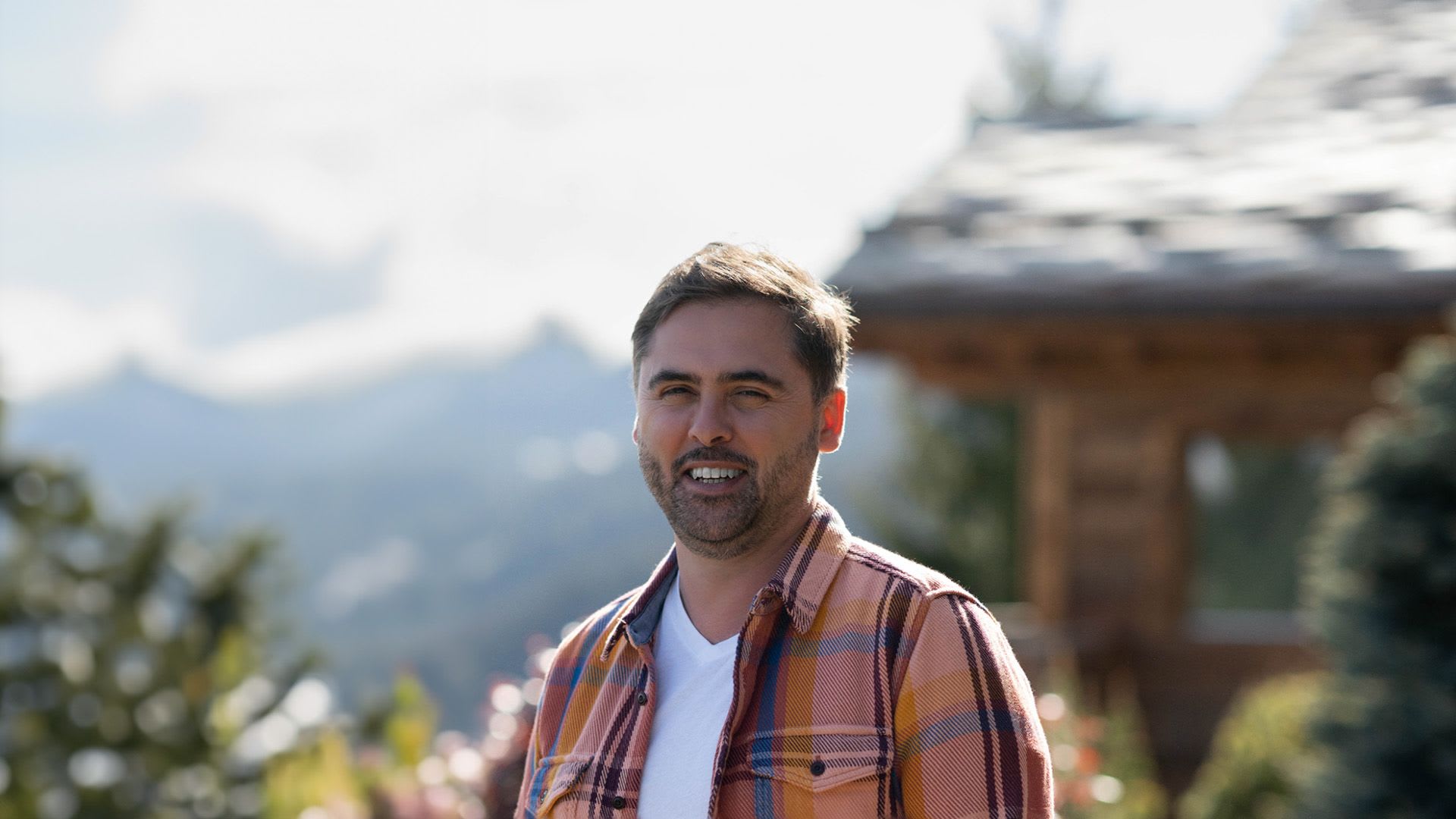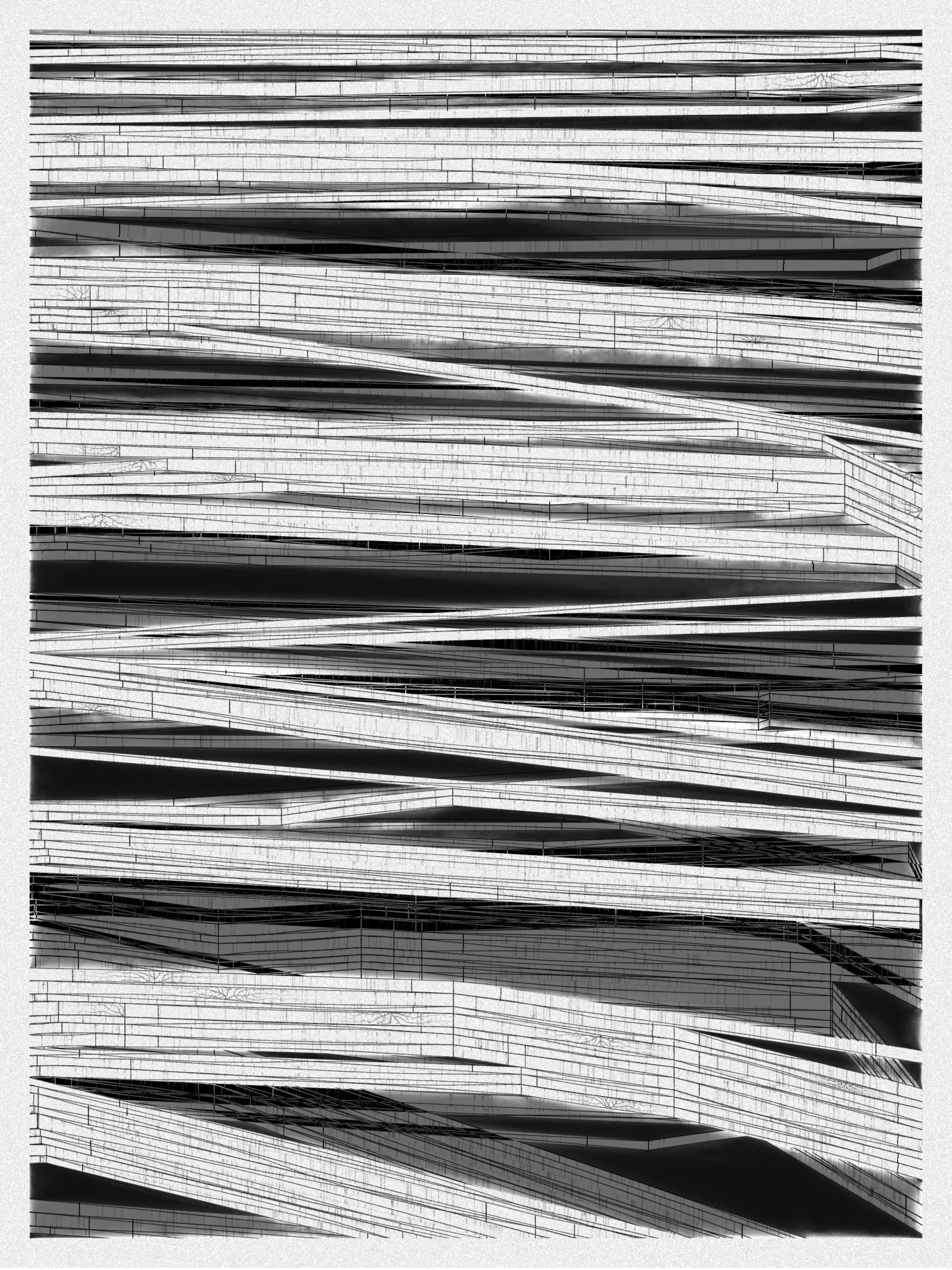Neural Sediments
“Before objectivity, there was truth to nature; after the advent of objectivity came trained judgment”
Lorraine Daston, Peter Galison
Improving my decision-making process is how I would sum up my lifelong quest. Understanding yourself and the unlimited variables and actors surrounding us daily requires a radical yet utopian pursuit of objectivity.
A prerequisite to an objective observation is identifying and eliminating cognitive and observational biases.
My obsession with objectivity started as a sociology student; while studying epistemology of science and pondering the works of Emile Durkheim, Max Weber, and Karl Popper.
This quest never left me and has been a cornerstone of my artistic practice for 25 years.
“The map is not the territory” is a mainstream expression highlighting a potentially oversimplified version of reality. In this series called Neural Sediments, inspired by the works of Alberto Burri, František Kupka, and Swiss topography, I highlight the complexity of our brains and some of their biases.
Looking at one Neural Sediment will deliver you a first broad impression; however, looking at it for a longer time will yield a never-ending and much more nuanced and delicate observation. Like Alberto Burri’s Cracks series, some things not obvious to the eye become real over time. Each Neural Sediment opens itself to the viewer in a unique way. The more you look at it, the more you can decipher it.
Like Swiss alpine glacier sediments, this material appears only after a certain amount of time and a decent amount of gravity. Burri used a special technique to envision time with cracked canvas; František Kupka, in his Katedrála painting, opens the fourth dimension by looking at the vertical lines of the glass window.
In the Neural Sediments series, I used both as an inspiration to push the viewer’s eye to search for more details and a deeper perspective.
Choosing color palettes for a long-form generative art collection is as demanding as solving technical algorithmic challenges.
The color palettes I create result from a process I've built into my practice over time. Each palette comes from my own algorithmic selection trained on classical masterpieces.
After this first selection, each set of colors used in a Neural Sediment is re-arranged to be linked with endangered ecosystems such as dark blue waters, peach salmons, rare botanic species, or volcanos.
Like Josef Albers, who highlighted the instability and deceptiveness of colors, my color sets are here to reinforce the question of objectivity in the art world and life in general.
Looking at its overall structure, each Neural Sediment evokes a brutalist architecture.
Prioritizing function over form, each Neural Sediment aims to be used as a tool to rediscover oneself, free from the cognitive constraints we put on ourselves and the world around us.
PS: From a technical point of view, Neural Sediments require some heavy calculations, considering the very large number of intersections to compute prior to rendering.
PPS: Pressing the letter “i” on your keyboard will generate a high resolution export for a large scale and print friendly format.
RELEASE DATE
7 Jun 2023
LIBRARY
p5@1.0.0
DISPLAY NOTES
Neural Sediments require some heavy calculations, considering the very large number of intersections to compute prior to rendering. Due to downscaling, it is recommended that Neural Sediments is viewed at a resolution of 1600 x 2130 or larger. Pressing the letter “i” on your keyboard will generate a high resolution export for a large scale and print friendly format.
RELEASE DETAILS
300 works released on 7 Jun 2023
CHARITABLE GIVING
10% of proceeds above resting price will be donated to "Girls Who Code"
ARTIST SITE
https://www.eko33.com/neural-sediment...
PROJECT ID
0x99a9b7c1116f9ceeb1652de04d5969cce509b069-418
CONTRACT
Etherscan
LICENSE
CC BY-NC 4.0

ABOUT THE ARTIST
Jean-Jacques Duclaux (Eko33)
b. 1980 Switzerland Lives and works in Switzerland
Jean-Jacques Duclaux (Eko33) is a digital artist from Switzerland. He explores cognition, decision-making, and environmental preservation in his work, and is committed specifically to intertwining technology and cognition in generative art. His solo exhibition, "Le Monde Non Objectif," debuted at Unpaired Gallery in Zug, Switzerland in 2023. Hi...
Learn more











